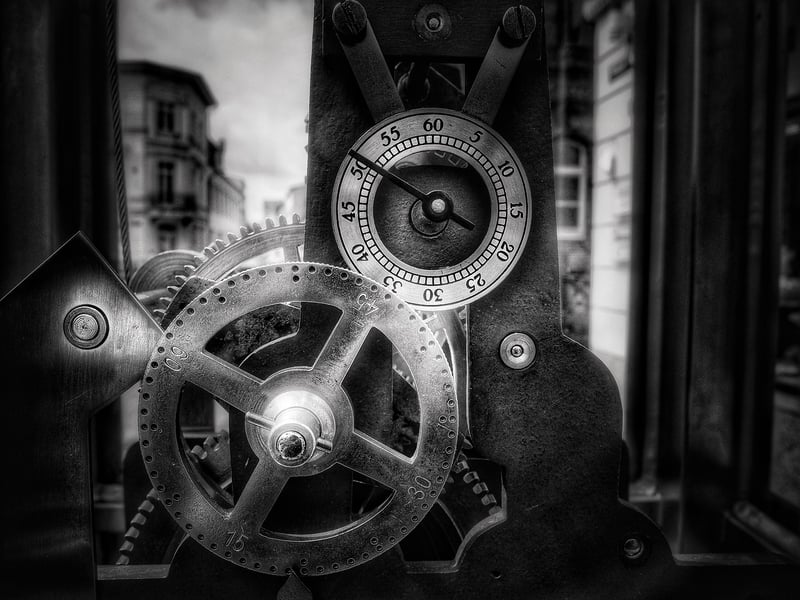Temporal Paradoxes
Mechanisms for Time Travel and Temporal Paradoxes
Time travel has been a fascinating concept in science fiction for decades, capturing the imagination of many. While time travel remains theoretical in reality, various mechanisms have been proposed by physicists and writers to explain how it could potentially work. Let's explore some of these mechanisms and delve into the intriguing concept of temporal paradoxes.
1. Wormholes
One popular mechanism for time travel involves wormholes, hypothetical tunnels in spacetime that connect two separate points. By traversing a wormhole, one could theoretically travel between different points in time as well as space. Wormholes are commonly used in science fiction as portals for time travel.

2. Time Machines
The concept of a time machine, a device that allows an individual to travel through time, has been popularized in literature and movies. While no time machine exists today, the idea of manipulating spacetime to create closed time-like curves, enabling time travel, is a fascinating concept explored by physicists.

Temporal Paradoxes
One of the most intriguing aspects of time travel is the potential for temporal paradoxes, situations where the past, present, and future become entangled in seemingly impossible ways. Some well-known paradoxes include the grandfather paradox, where a time traveler prevents their own existence by altering the past, and the bootstrap paradox, where an object or information exists without being created.
While time travel remains a theoretical concept, exploring the mechanisms and paradoxes associated with it offers insight into the nature of time, causality, and the universe itself. Whether through wormholes, time machines, or other theoretical constructs, the idea of traveling through time continues to captivate and inspire both scientists and storytellers alike.
For more information on time travel and temporal paradoxes, check out Space.com's article on Time Travel.
